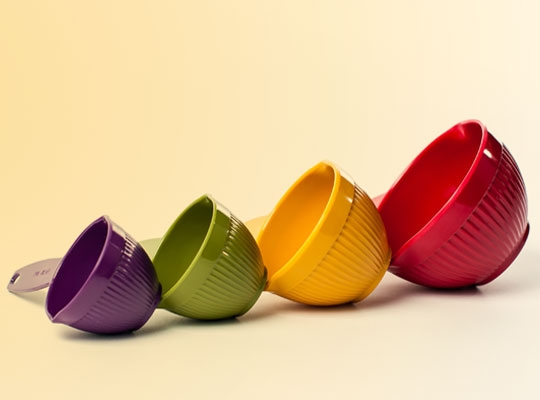
Figuring out how much to eat while achieving or maintaining a healthy weight can be difficult. Getting the proper nutrients and eating the right amount for your weight and activity level can contribute to healthy aging. This article provides suggestions for how older adults can get the nutrients they need within a recommended daily number of calories.
How many calories do you need?
A calorie is a unit of measurement that describes how much energy is released when your body breaks down food. Although calorie count alone does not dictate whether a food is nutritious, thinking about how many calories you need can guide healthy eating habits. If you are over age 60 and you want to maintain your current weight, how many calories do you need to eat each day? The Dietary Guidelines suggest:
For a Woman Calories
Not physically active 1,600
Moderately active 1,800
Active lifestyle 2,000-2,200
For a Man Calories
Not physically active 2,000-2,200
Moderately active 2,200-2,400
Active lifestyle 2,400-2,600
Unsure which activity category you’re in? Consult the Dietary Guidelines for definitions of each level. You can increase your physical activity level by adding walking, jogging, dancing, recreational sports, and other similar approaches to your day.
Serving and portion sizes
A “serving size” is a standard amount of a food, such as a cup or an ounce. Serving sizes can help you when choosing foods and when comparing similar items while shopping, but they are not recommendations for how much of a certain food to eat.
The term “portion” means how much of a food you are served or how much you eat. A portion size can vary from meal to meal. For example, at home you may serve yourself two small pancakes in one portion, but at a restaurant, you may get a stack of four pancakes as one portion. A portion size may also be bigger than a serving size. For example, the serving size on the nutrition label for your favorite cereal may be 1 cup, but you may actually pour yourself 1½ cups in a bowl.
Portion size can be a problem when eating out. To keep your portion sizes under control, try ordering smaller appetizers instead of an entrée as your meal, or share an entrée with a friend. Or eat just one-half of an entrée and take the rest home to enjoy as a meal the next day.
For more information on how much you should eat, from the National Institute on Aging, CLICK HERE.

